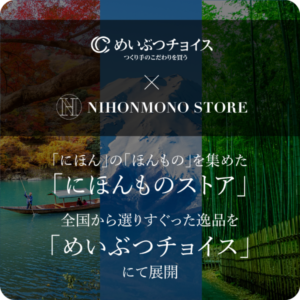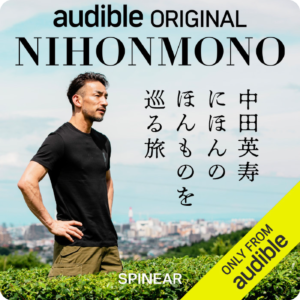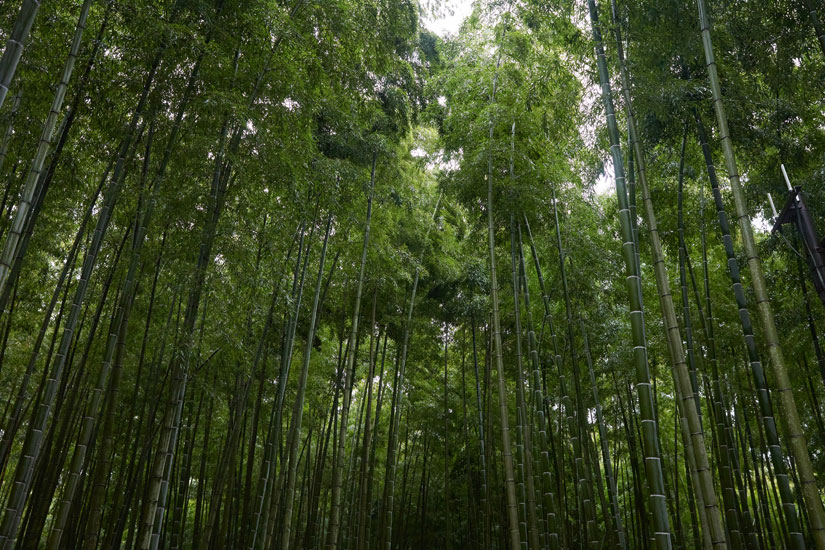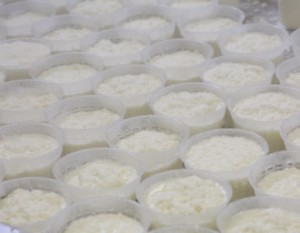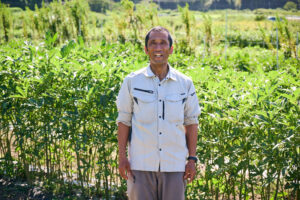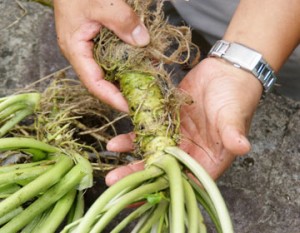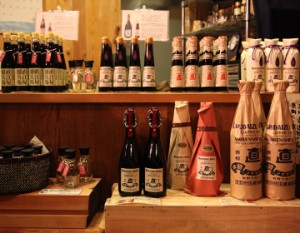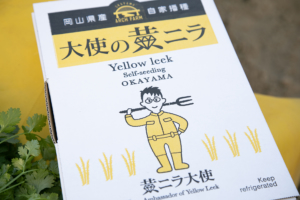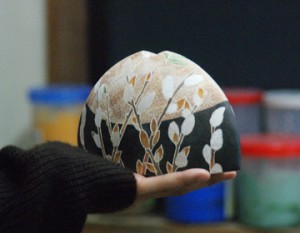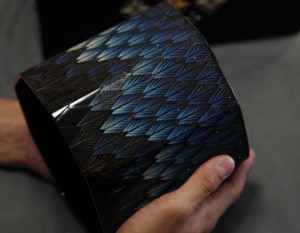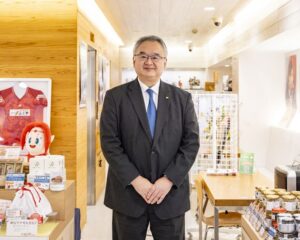Bamboo has been a familiar presence in Japanese life since ancient times and is said to have been cultivated in Japan since the Jomon period. While the beauty of bamboo groves is well known, bamboo shoots are also beloved as a spring delicacy. Located in Utsunomiya City, Tochigi Prefecture, the vast bamboo farm “Wakatake no Mori Wakayama Farm” not only cultivates bamboo but also opens its grounds as a filming location and tourist spot, sharing the charm of bamboo with visitors.
Utilizing a farm that has been in operation for over 100 years as a tourist attraction

Spanning 24 hectares—equivalent to approximately five Tokyo Domes—the “Wakatsuki no Mori Wakayama Farm” features expansive chestnut orchards and bamboo groves. Located in the suburbs of Utsunomiya, this historic farm has been cultivating bamboo shoots and chestnuts for over 100 years.
While continuing its traditional cultivation of bamboo shoots and chestnuts, the farm opened its doors to the public in 2017. It has since gained attention as a tourist destination where visitors can enjoy the breathtaking views of the vast bamboo groves stretching as far as the eye can see.
Additionally, the farm has been used as a filming location for popular movies and dramas such as “Rurouni Kenshin” and “Kingdom,” as well as music videos by famous artists, attracting many fans who visit from afar for “pilgrimage tours.” The farm is operated by Wakayama Farm Co., Ltd., with Wakayama Taro serving as the company’s representative director. As the third-generation head of Wakayama Farm, Wakayama has been dedicated to promoting the charm of bamboo.
A filming location for famous movies
Wakayama’s ancestors moved to this area around the 1670s. Since then, the family has been farming the land and living in harmony with nature for over 350 years. Under Wakayama’s grandfather, the farm began as a bamboo and chestnut farm. Under his father, who was passionate about research, the farm shifted its focus to bamboo and chestnuts, with an emphasis on bamboo variety improvement.
In Mr. Wakayama’s generation, the farm gained rapid recognition after collaborating as a filming location for the music video of Shiina Ringo’s “Irohaihoheto” released in 2013 and the 2014 film “Rurouni Kenshin: The Legend Ends.”In modern times, where well-maintained, beautiful, and vast bamboo forests are rare, the farm’s mystical, majestic, and otherworldly landscapes made it an ideal location for creating such scenes. Word spread quickly, and the farm continued to be used as a filming location for numerous movies, dramas, music videos, and commercials.
Yoshiyama, who had long desired to share the beauty of the bamboo groves with more people, decided to open the site to the public in February 2017, responding to requests from fans who wanted to see the locations used in the films.
In 2019, it was used as a filming location for the hit movie “Kingdom,” gaining even more attention and popularity. The number of tourists has continued to increase every year, reaching 90,000 visitors annually as of 2024. Visitors can leisurely stroll through the impressive bamboo forest, enjoy matcha tea and sweets in a teahouse within the forest, and even ride a swing.Bamboo shooting and bamboo craft experiences are also available, and at night, visitors can walk through the enchanting bamboo forest illuminated by lights.
Additionally, the building adjacent to the entrance features exhibits explaining bamboo and showcasing traditional bamboo crafts, making it an enjoyable facility for visitors of all ages.
Bamboo: Large and Fast-Growing

There are about 20 species of bamboo, or more accurately, bamboo-like plants, that grow in Japan. Bamboo is not classified as a tree, but as a member of the grass family. It can grow up to 20 meters in just two months, and is known for its rapid growth and strong reproductive ability.
The part of the plant that is above ground, similar to the trunk of a tree, is called the “culm,” and it dies after about 10 years.However, the underground rhizomes, which form a network of roots, continuously produce new shoots that grow into new bamboo plants above ground.
According to Mr. Wakayama, this method of reproduction via rhizomes is a characteristic of bamboo native to East Asia, such as China and Japan, and it is this process that creates bamboo forests.
The original varieties are also utilized for urban landscaping.
Wakayama Farm, home to the “Wakayama Bamboo Grove,” cultivates approximately 100,000 bamboo plants, including the “Moso bamboo,” which is representative of Japan and grows to the largest size among Japanese bamboos, as well as the “Madake bamboo,” which has been native to Japan since ancient times, and the “Kikkou bamboo,” whose joints alternate in swelling to form a pattern resembling a turtle’s shell,“Kinmei Mousou-chiku” (golden Mousou bamboo) with beautiful golden stems, and “Hachiku” (light bamboo), among approximately 15 varieties.
Additionally, the farm is the only one in Japan specializing in the cultivation and sale of varieties for landscaping. Varieties such as “Akebono Mousou-chiku” and “Hime Akebono Mousou-chiku,” developed through the breeding efforts of Mr. Wakayama’s father, are original varieties of Wakayama Farm.In particular, “Hime Akebono Moso Bamboo” reaches a maximum height of approximately 9 meters, making it suitable for landscaping and enabling the creation of beautiful bamboo landscapes in facilities with limited space, such as those in the Tokyo metropolitan area.
Promoting the appeal of bamboo as food
The bamboo at Wakatsuki no Mori Wakayama Farm is not just for viewing. The bamboo shoots and chestnuts cultivated over three generations for more than 100 years are sold in markets and highly regarded by professionals at inns and restaurants.
Adhering to the philosophy that “agriculture lies in soil cultivation,” the farm employs natural循环 farming methods that minimize reliance on chemical fertilizers. The “black bokudo” soil of the Kanto region is rich in organic matter, resulting in a dark color. It has excellent water retention and permeability, and its soft texture facilitates the accumulation of organic matter, leading to bamboo shoots with high nutritional value.
Processed products made from bamboo shoots and chestnuts are sold in the farm shop and online. In 2023, they opened a café and restaurant on the premises, serving dishes made with their own bamboo shoots and chestnuts, as well as seasonal ingredients from the local area.
Sharing the sustainable charm of bamboo with the world

Wakayama Farm, known as Wakayama no Mori, seems to be successfully promoting the appeal of bamboo. However, according to Mr. Wakayama, “In order for people to truly understand the benefits of bamboo, we need to continue making steady progress.”
This is because in recent years, abandoned bamboo forests have become a problem throughout Japan. Bamboo, which has a high reproductive capacity, invades and kills trees growing on mountains, leading to negative perceptions of bamboo, which is sometimes referred to as “bamboo damage.”
“In the past, people used to dig for bamboo shoots in the spring everywhere, but now that no one does, they keep spreading,” says Mr. Wakayama.
However, in reality, simply laying a thin rubber sheet on the ground can easily prevent rhizomes from spreading randomly. This method allows bamboo to be used as landscaping without harming surrounding trees. Additionally, from the perspective of the SDGs’ “plastic reduction” initiative, bamboo is durable and has antibacterial properties, making it suitable for use in dishes and utensils.

At Wakayama Farm in Wakayama, the bamboo utensils used to serve matcha tea at the tea house in the bamboo grove are designed to be taken home and reused.
Truly conveying the charm of bamboo means not only highlighting its positive aspects but also addressing negative perceptions and resolving existing issues one by one.
Though it may seem like a challenging journey, Wakayama’s voice is strong and optimistic: “I want more people to learn about bamboo-related food and culture, and use them effectively. I hope to convey the charm of bamboo and help people and bamboo coexist once again.”
As a messenger of bamboo’s new charm, this initiative will continue into the future.
